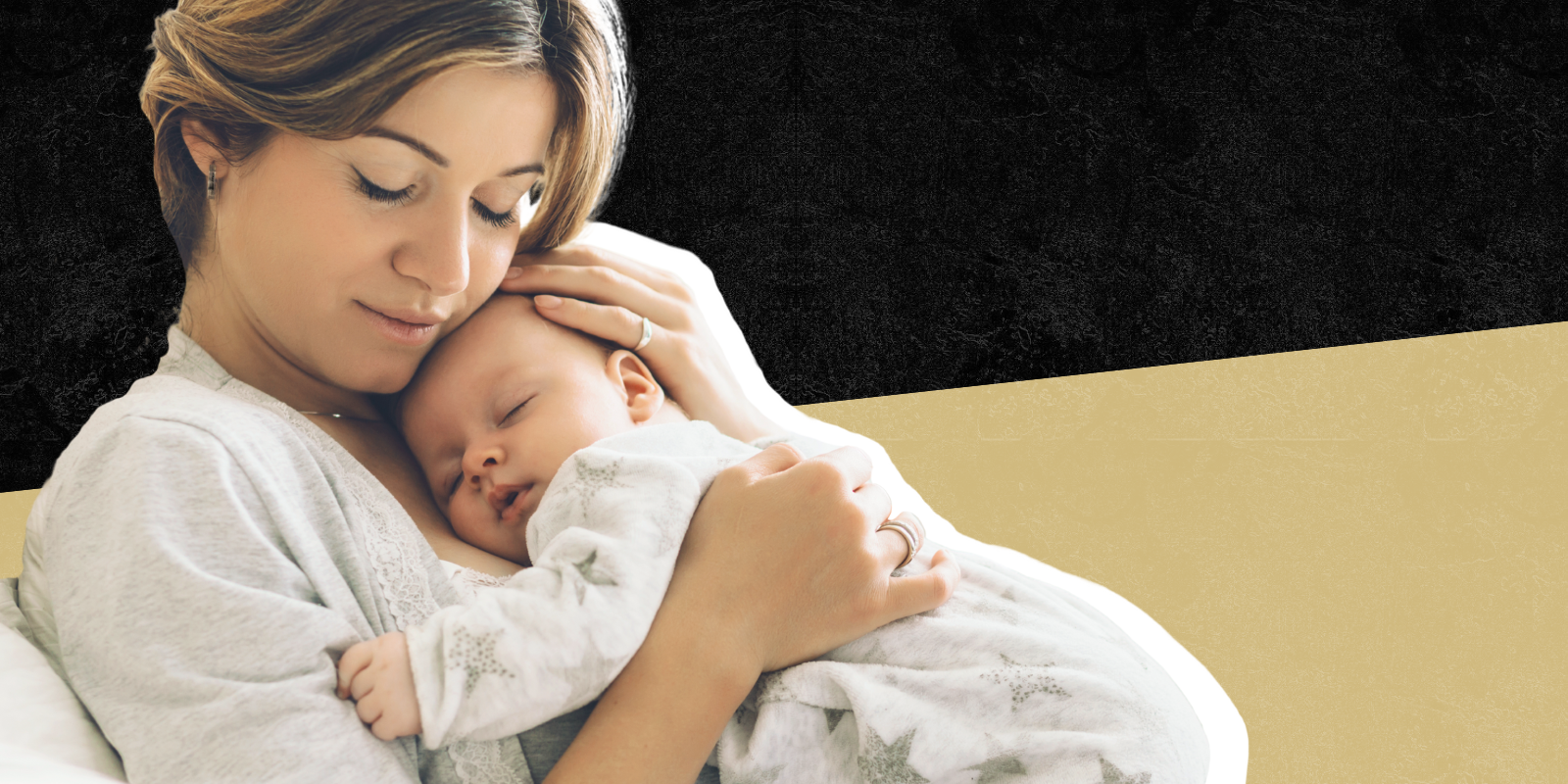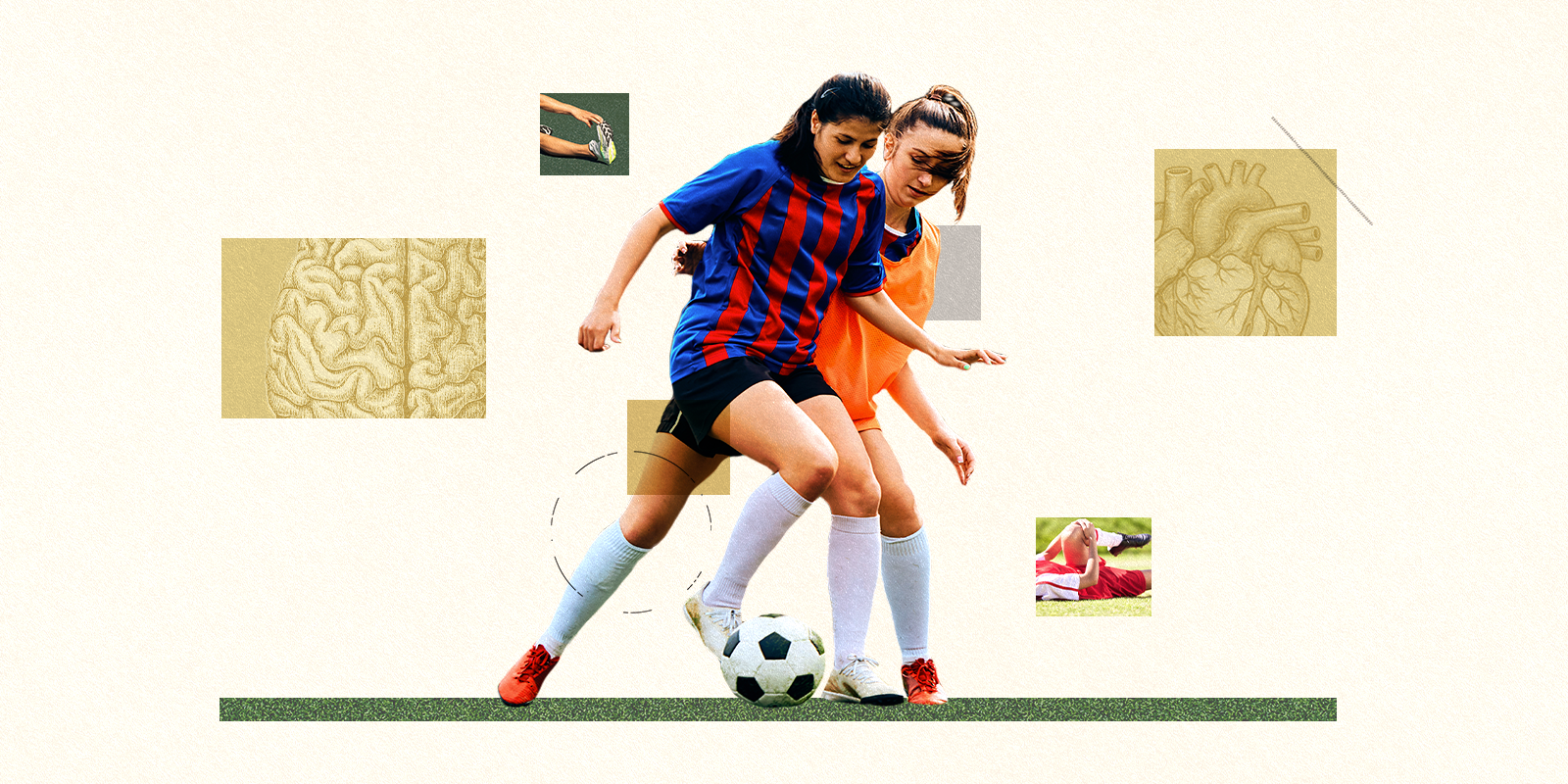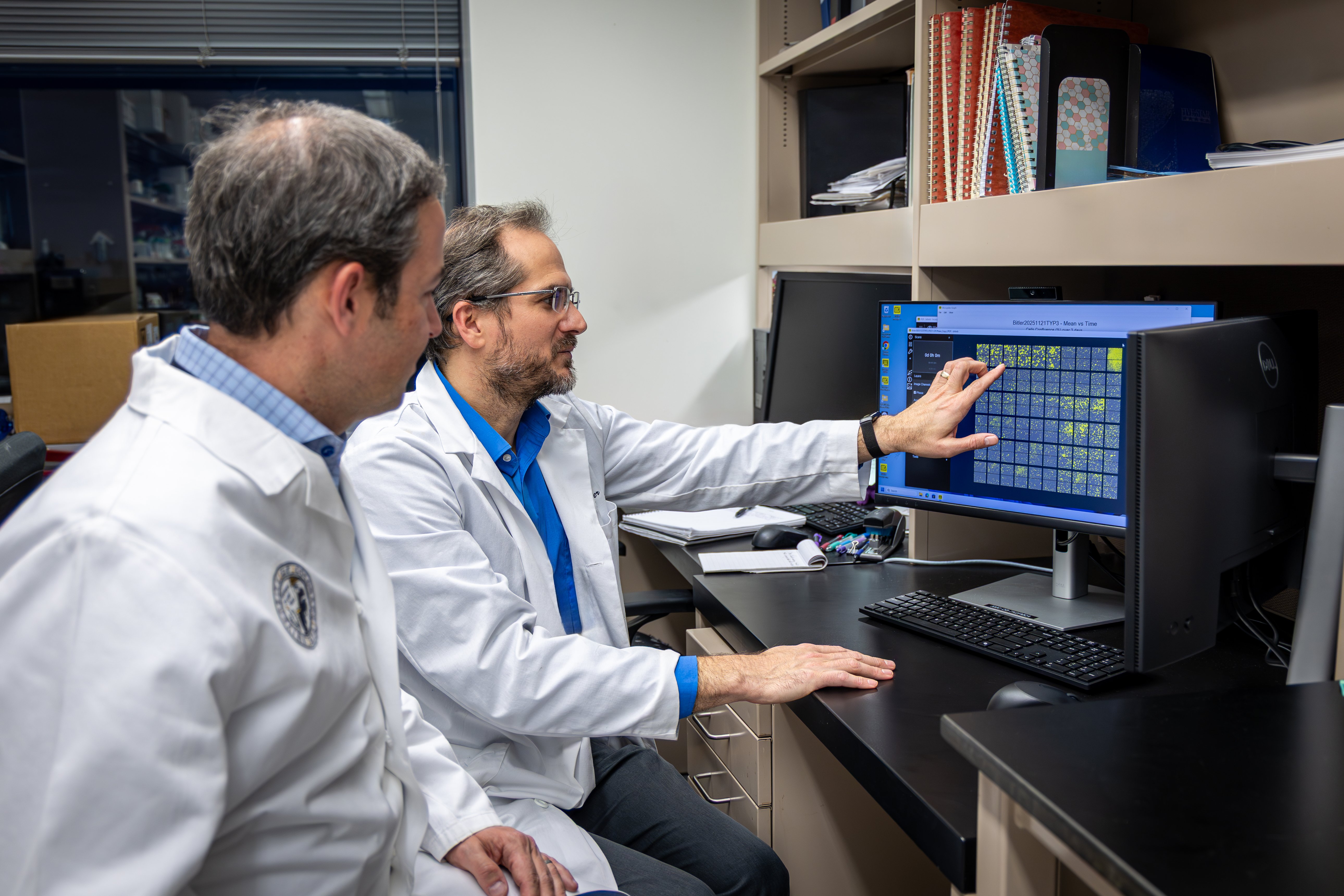What causes infant death during co-sleeping?
There are usually soft items like blankets and pillows that can cause suffocation. They can cover the infant’s nose and mouth. We know that the caregiver can also roll over on the infant, because parents are really sleep deprived, and so there can be inadvertent suffocation in that way as well (caregiver alcohol/drug use contributes to the number of these cases).
Another scenario that happens is someone is feeding baby on a sofa or a chair, and they fall asleep. Often, the baby becomes jammed in that sofa area. Face-planting also can happen (on a bed or a person’s chest) where babies don’t have the tone or the musculature to lift their heads up or turn their heads when they’re hypoxic, or low on oxygen. Co-sleeping is any area where there is a caregiver/adult and the infant in the same sleep space.
The highest risk of SIDS/SUID comes between 2 and 4 months of age, a critical developmental period for babies.
What are some of the most common responses you get from parents as to why they co-sleep despite the warnings?
All families want the best for their baby. Some parents and caregivers may think that being close to the baby, like co-bedding or co-sleeping, is the best strategy for keeping their baby safe. How they land there could be due to lack of knowledge. It could also be due to distrust in the data, distrust in the medical source of information. We’re living in this time of mistrust of science and healthcare recommendations right now.
Also, I think people’s cultural backgrounds and cultural practices very much influence what they think is best for their baby.
Sunah (Susan) Hwang, MD, MPH, PhD, is part of a National Institutes of Health-funded study called SAFE-PREP that is aimed at pinpointing factors behind parents’ decision-making related to safe sleep practices for preterm infants.
SIDS is twice as common in Black infants and three times as common in Native American babies, correct? What does research say about ethnic disparities?
There’s definitely a much higher rate of SIDS and SUID in our Native American and our non-Hispanic Black population. Some of that, at least for the Black population, is driven by higher numbers of preterm babies. More Black babies are born preterm. But even if you compare infants of the same gestational age, if you look at full-term babies, Black and Native American populations have higher rates of SUID and SIDS.
Why do experts think that is?
It really is multi-factorial. It's not a biologic reason. One factor that we’ve looked at a lot is safe sleep practices among different races and ethnicities, and adherence is much lower in the Black community than in other racial ethnic groups. And so that’s certainly a part of it.
But we also have to think about other social determinants of health. We know that due to long-standing structural racism, high rates of poverty, low rates of education, unstable housing – all of those things are much higher in the Black population compared to the U.S. average. And all of those things will influence a family’s ability to adhere to safe sleep practices.
SIDS/SUID is higher in boys than girls. What has science found about that disparity?
We know that male fetuses are more likely to be born preterm and also more likely to be sicker when they’re born than female fetuses. We don’t know all the biology behind it, but in general, boys do worse in the newborn period. I also believe there are sex differences in the risk for hypoxia, or lower oxygen levels, and in responding to low oxygen levels.
Has technology (baby monitors, baby cams, wearables) changed the incidence or understanding of SIDS/SUID?
There has never been any research that has shown that monitoring during sleep – either these wearables or even hospital-grade monitors – prevents SIDS. So at this point, we don’t recommend them to families who ask because they are afraid of SIDS/SUID. If a parent says it’s more about lowering their own anxiety, then I’m supportive, and I let them know it’s not going to prevent SIDS or SUID.
What are some of the modifiable risk factors?
We know that safe sleep practices, so being flat on the back without anything that could suffocate the baby, without any co-sleeping, lowers your risk for SIDS. We also know that ongoing breastfeeding is protective.
Why is that?
Breast milk is a very bio-rich source of nutrients. There’s immunoglobulins and other things that protect babies from infection. We also know that breastfeeding infants wake more frequently than formula-fed infants. There’s a hypothesis that with this increased frequency – and the mother has to wake up to feed the baby – there’s this increased wake interaction that we think could also be protective.
Other modifiable infant care practices include:
- Minimizing secondhand smoke (hundreds of toxic chemicals are emitted by burning cigarettes and smoke a person exhales; experts suspect still-developing babies’ lungs and brains are highly susceptible to the toxins).
- Staying up to date on vaccinations to lower the risk of infections.
- Not letting baby get too hot. (Studies have shown SIDS/SUID rates are higher in hotter temperatures, possibly because of babies’ inability to regulate body temperature well and/or sleeping so deeply they cannot wake up. Experts recommend keeping room temperature between 68- and 72-degrees Fahrenheit.)
- Allowing pacifier use actually lowers the risk for SIDS and SUID, and the thought, again, is that there’s some kind of wakefulness component. That when there’s a pacifier in the mouth, that there’s not as deep of level of sleep, and the baby may be a bit more able to respond to lower oxygen levels.
What has science found as far as brain abnormalities that might play a role in some infant deaths?
There have been studies that look at post-mortem pathology of the brains of infants that have suffered SIDS compared to those that have died but not from SIDS. And they find that the serotonin regulating systems in the brains of infants that experience SIDS are different. So, there are some molecular, neurologic-related differences. But it’s hard to say that it’s causative, meaning every baby that has these altered serotonin levels will then experience SIDS or SUID.
A take-home point is that there is a group of babies that will have these molecular, serotonin-related disruptions, but likely they need that external overlaying risk factor – such as unsafe sleep environment, smoke exposure or prematurity – that then leads to SIDS or SUID. That one thing, independently on its own, is not going to be the definitive factor that causes SIDS or SUID.
Couple shares grief to raise awareness
Sudden infant death can happen to any family, said Sunah Hwang, MD, adding that the tragedy struck one of her friends. Sam Hanke, MD, a pediatric cardiologist, accidentally fell asleep on the couch with his firstborn son on his chest. When he woke up, Charlie was gone. His parents founded the Charlie’s Kids Foundation to help prevent other parents from experiencing their grief. The couple share their story in the American Academy of Pediatrics video below.





